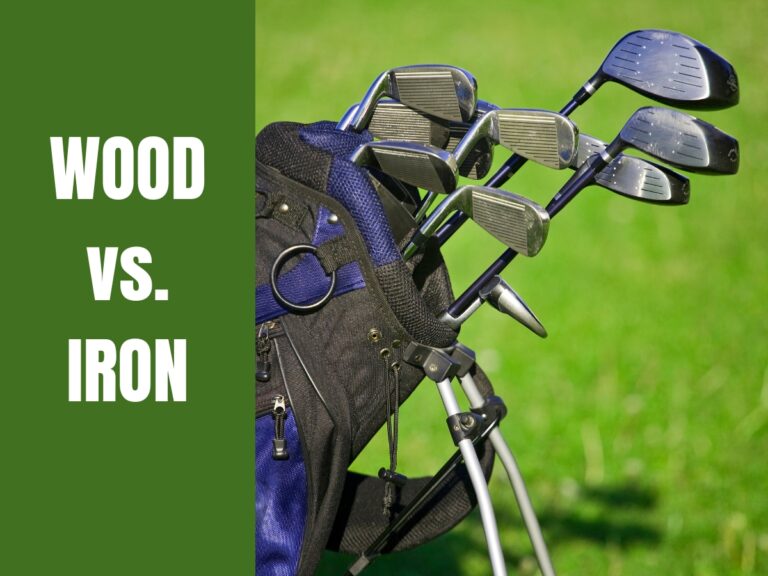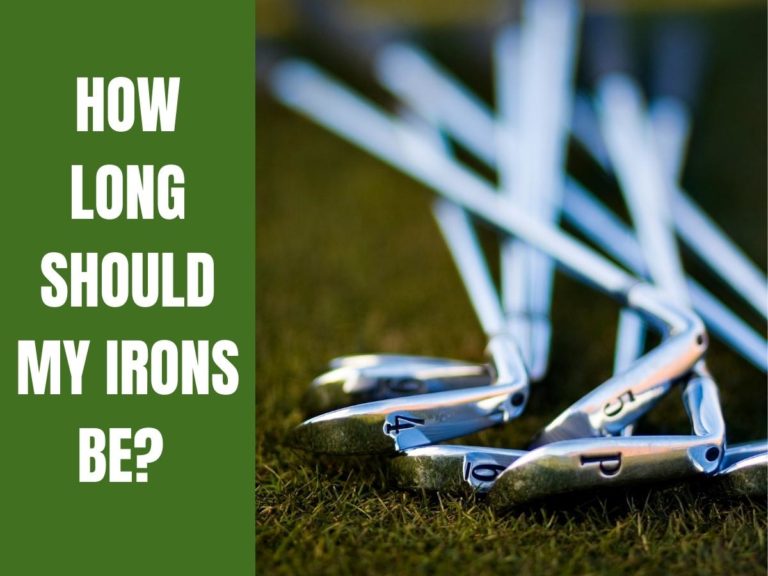Are Golf Irons Made Of Iron?
The golf iron has come a long way since the irons of old. While forging irons had initially been the primary method of manufacture, the advent of casting allowed for the more rapid and consistent mass production of good-quality golf irons.
Modern golf irons are made from stainless steel or carbon steel and forged or cast depending on the model. Forged irons used to be more expensive, and to some degree, they still are, but advances in both types of manufacturing have rendered other previously discernable differences obsolete.
While there is still some debate over whether forged or cast irons are better, manufacturers sought ways to improve the production processes and bring them more into line with forged irons when some pros started adopting the new cast irons.
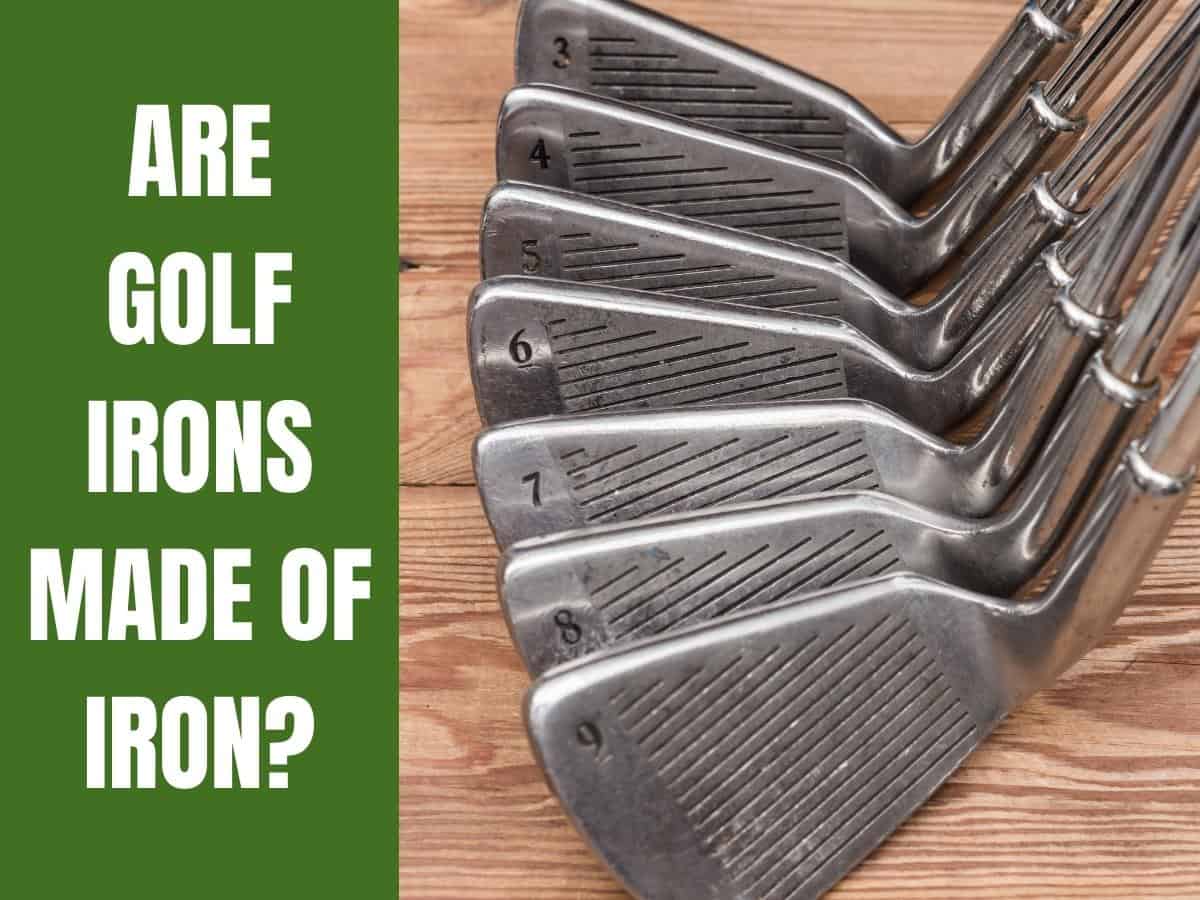
Were Golf Irons Originally Made From Iron?
The first clubs made from iron emerged around 1750 when blacksmiths forged the early wedges or ‘niblicks’ as they were known then. Irons then slowly started to evolve at shallower angles forming the now standard set of irons. The 1870s saw the mass production of iron golf club heads as industrial processes improved.
The creation of automated drop-forging allowed manufacturers to produce large quantities of golf irons that were lighter, better, and more consistent than the blacksmiths could produce. The discovery that adding grooves to the irons could add more distance and backspin was made in 1908.
Until 1963 before the introduction of the casting system, most golf irons were the same, and changes to shaft materials and head designs evolved through that period.
When Karsten Solheim (founder of Ping) produced the investment cast golf irons in 1969, the evolution of the golf club was set on a new path as its ‘cavity back’ allowed for perimeter weighting.
Forged vs. Cast Golf Irons
There are two distinctly different methods of creating golf irons. There are forged irons and cast irons. However, forged irons took longer and were more labor-intensive initially. However, they had more consistency and accuracy than cast golf irons.
Forged golf irons are made from either 431 or 17-4 stainless steel with 17-4 grade stainless steel slightly harder than the 431 grade, and adjusting them for loft and lie is a little more difficult.
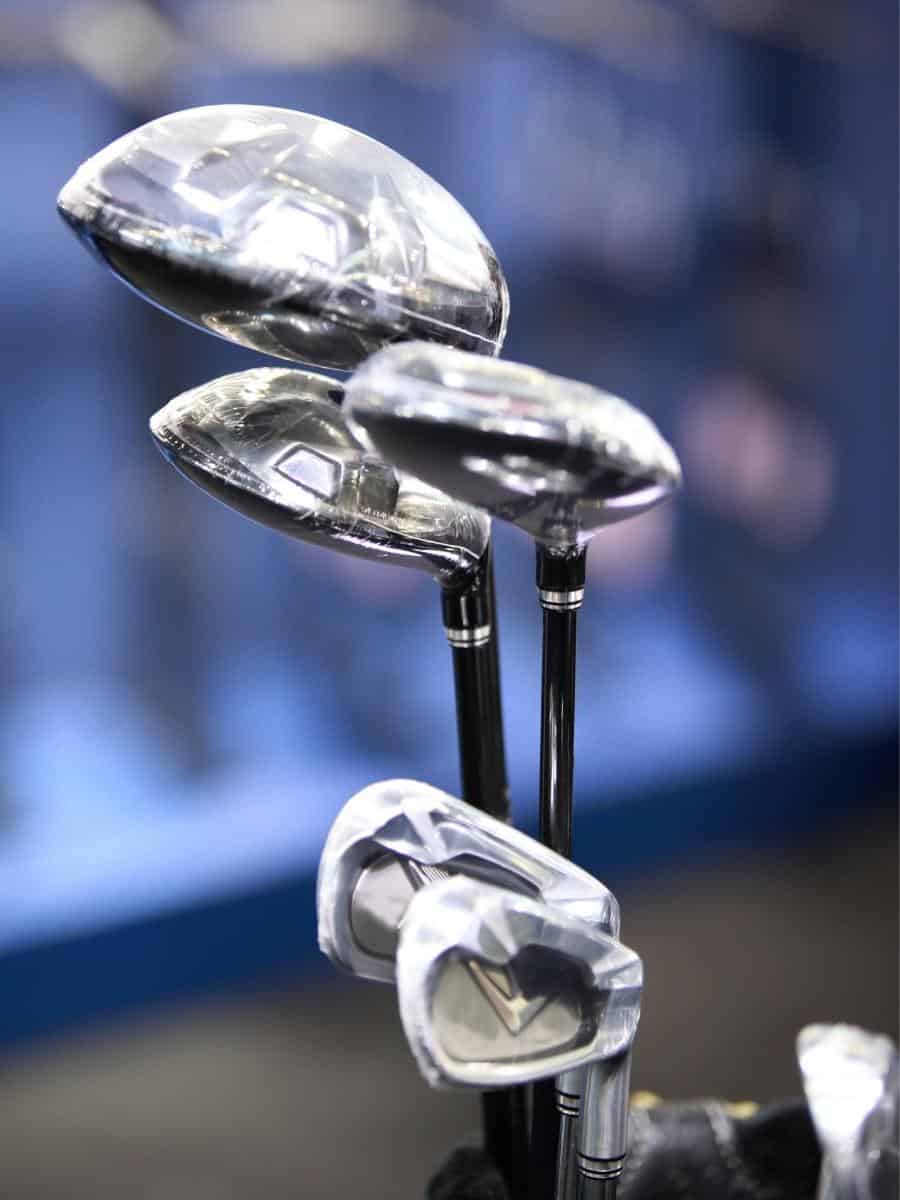
See also: Types of Golf Irons (Defining What’s Right For You)
How Are Forged Golf Irons Made?
Forged golf irons are made by taking a cylindrical stick of red-hot carbon steel and slowly forging it into the shape of the golf iron head using a forging hammer until the desired shape is achieved. The steel is heated to 2192°F (1200°C), maintaining its structural integrity during the forging process.
This process of reheating and hammering is repeated until the iron head is complete. This gives excellent control and accuracy in the irons, which is why most pros prefer forged golf irons.
Because the steel is carbon steel, many golfers report a ‘softer’ feel off the clubface than with cast golf irons, and this leads to greater control of the ball and can work the ball with greater consistency and confidence.
This is why up until recently, most pros and better players prefer forged irons. Still, the improvements in golf cast iron manufacturing processes and methods have made inroads into this market too.
How Are Cast Golf Irons Made?
Making cast golf irons is a little more complex than forging them. All cast golf irons are made using wax molds into which molten stainless steel is poured to produce the iron head.
Each club has a different mold, and pouring the molten wax creates a wax version of the golf club iron – so if you are molding a set of 9 irons, you’ll need 9 molds. The wax iron heads are then melted onto a ‘wax tree’ and dipped into a quicksand solution.
The sand sticks to the wax, and the ‘tree’ is left to dry in a cold room. Quicksand is used because it can withstand temperature. This process is repeated five times, and on the fifth time, the tree is placed in a steam oven that melts the wax, leaving the quicksand mold.
The molds are then placed in a furnace to be heated up to a pouring temperature of 2732°F (1500°C). When they leave the furnace, they are red hot and taken to a pouring station.
The molten steel is poured in through a funnel opening at the top of the tree, which then flows into all the molds to form the golf iron heads. The clubheads are then cut off the tree using a special metal cutter.
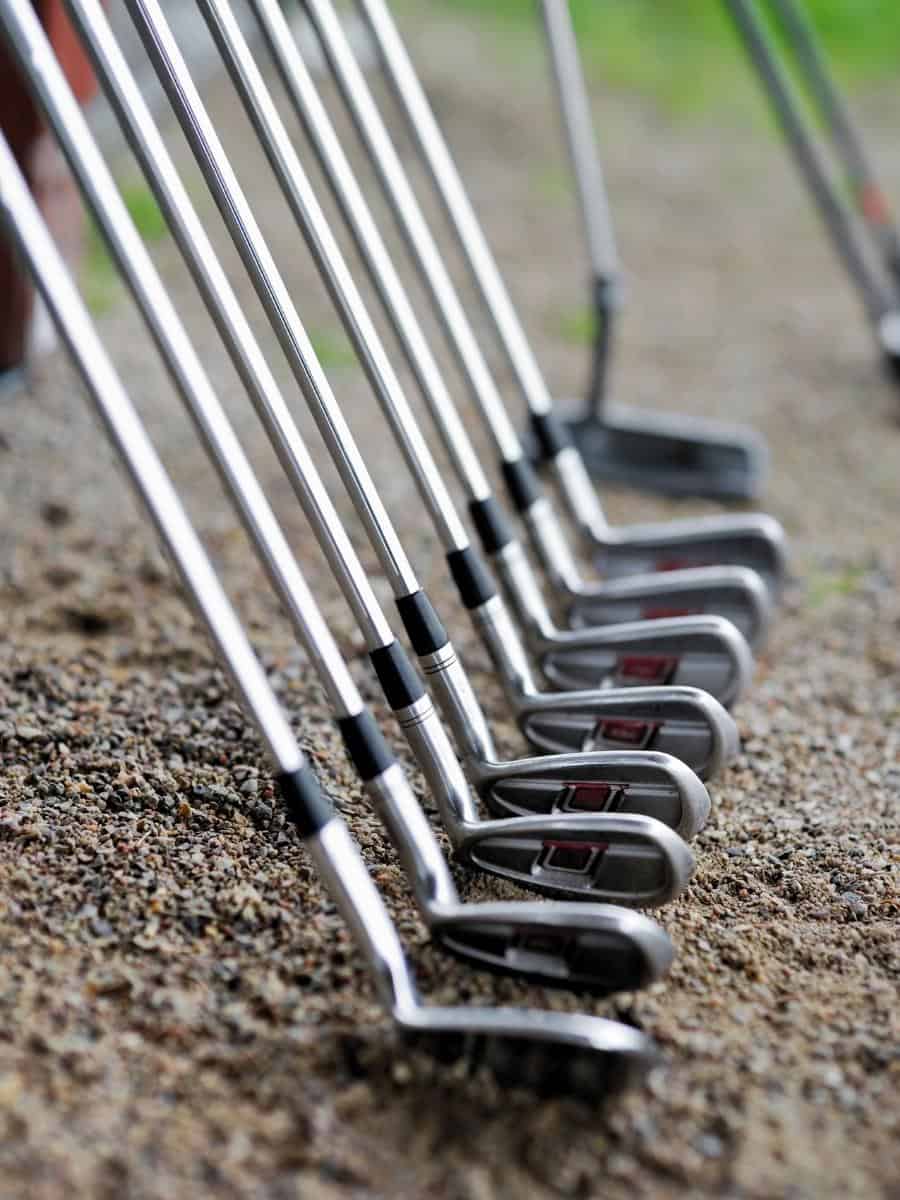
Finally, the golf iron heads are then set for finishing, where the faces are sandblasted and the iron heads polished. Each iron undergoes a rigorous quality assurance process before being shipped to the next production facility, where the score lines and logos will be painted on.
Here, the irons are carefully and thoroughly checked to ensure they are per the R&A specifications. Loft, lie, weight, hozel diameter, and other specifications are all tested for compliance.
The Influence Of Cast Cavity Backs On The Modern Game
The introduction of Solheim’s investment cast irons, ‘game improvement’ or more commonly known as ‘cavity back’ irons, caught the attention of pro players, and many of them today have a mix of cavity back and forged irons in their bags.
It’s usual for them to use the cavity back cast irons for the longer clubs as they have a little more forgiveness and keep the forged irons for the shorter clubs for better feel, control, and workability.
Most amateurs use a full set of ‘cavity back’ irons.
Read more: 7 Surprising Reasons Why Golf Irons Are So Expensive
Final Thoughts
Golf irons are not made of iron anymore but from carbon steel or stainless steel using cutting-edge molding and forging technology.
The golf iron story is still unfolding from the days of having blacksmiths forge their clubs to the advent of the game improvement investment cast irons from Ping in the late 1960s and the modern-day retail market.



